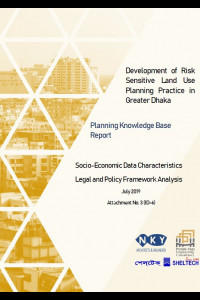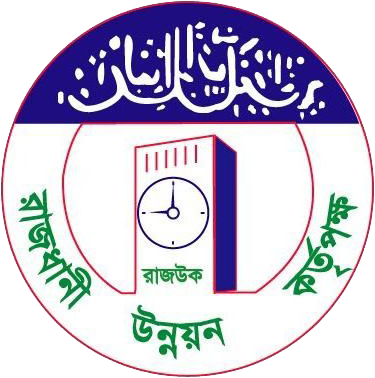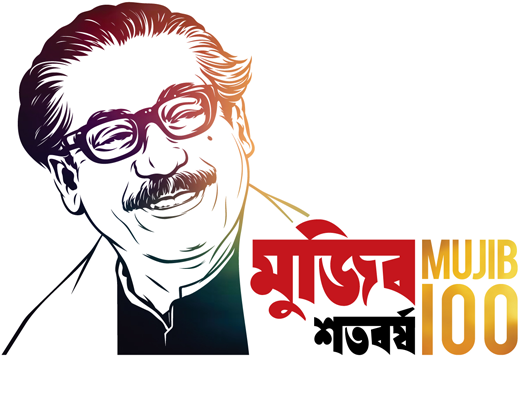10 ID-6 Socio-Economic Data Characteristics_URP/RAJUK/S-5
In this report, the characteristics of demographic and socioeconomic data are examined. Given that the latest census in Bangladesh dates back to 2011, this data is based on 2011 statistics. However, in order to better understand the conditions for some demographic data, they have been projected. Also, this section associated with legal and policy framework analysis. For this purpose, legal and political documents related to Dhaka from past to present have overviewed in urbanization, land, spatial planning and the other sectoral issues.
Greater Dhaka has encountered a high rate of population growth in the last two decades and analyses of the trends show that these rates are likely to continue at least for the next decade. A significant part of this growth is due to the centralization of job opportunities in Dhaka and the migration of poor, unemployed residents of other zilas and Upazilas in search of better lives and jobs. Another consequence of these growth rates is the increasing demand for inter- and intracity transportation. Lack of coordination between organizations working on the urban transportation issues of Greater Dhaka, as well as the dependence of a significant part of the population (particularly floating population and slum area residents) to informal transportation services using Rickshaws and vehicles as their source of income have worsened the situation.
However, despite the existence of good policies, it seems that the implementation process is the main constraint. Despite the proper rules, there are no legal frameworks that clearly distinguish between responsibilities and clearly define the process of cooperation between institutions.

| MIME Type |
application/pdf
|
|---|---|
| File Size | 4.95 MB |
Categories
|
|




